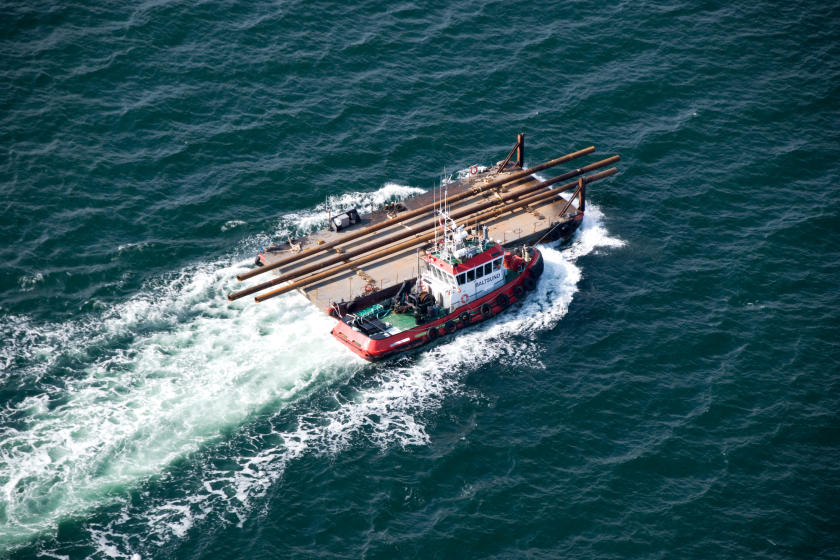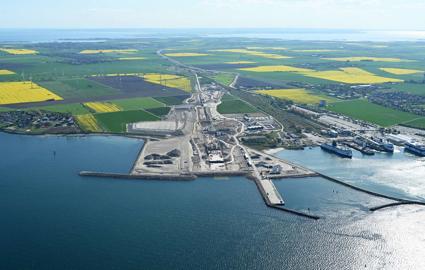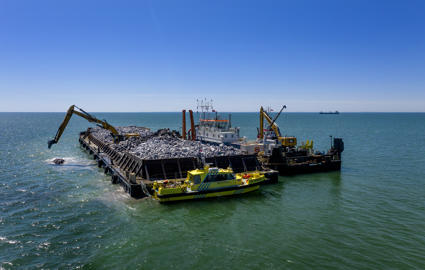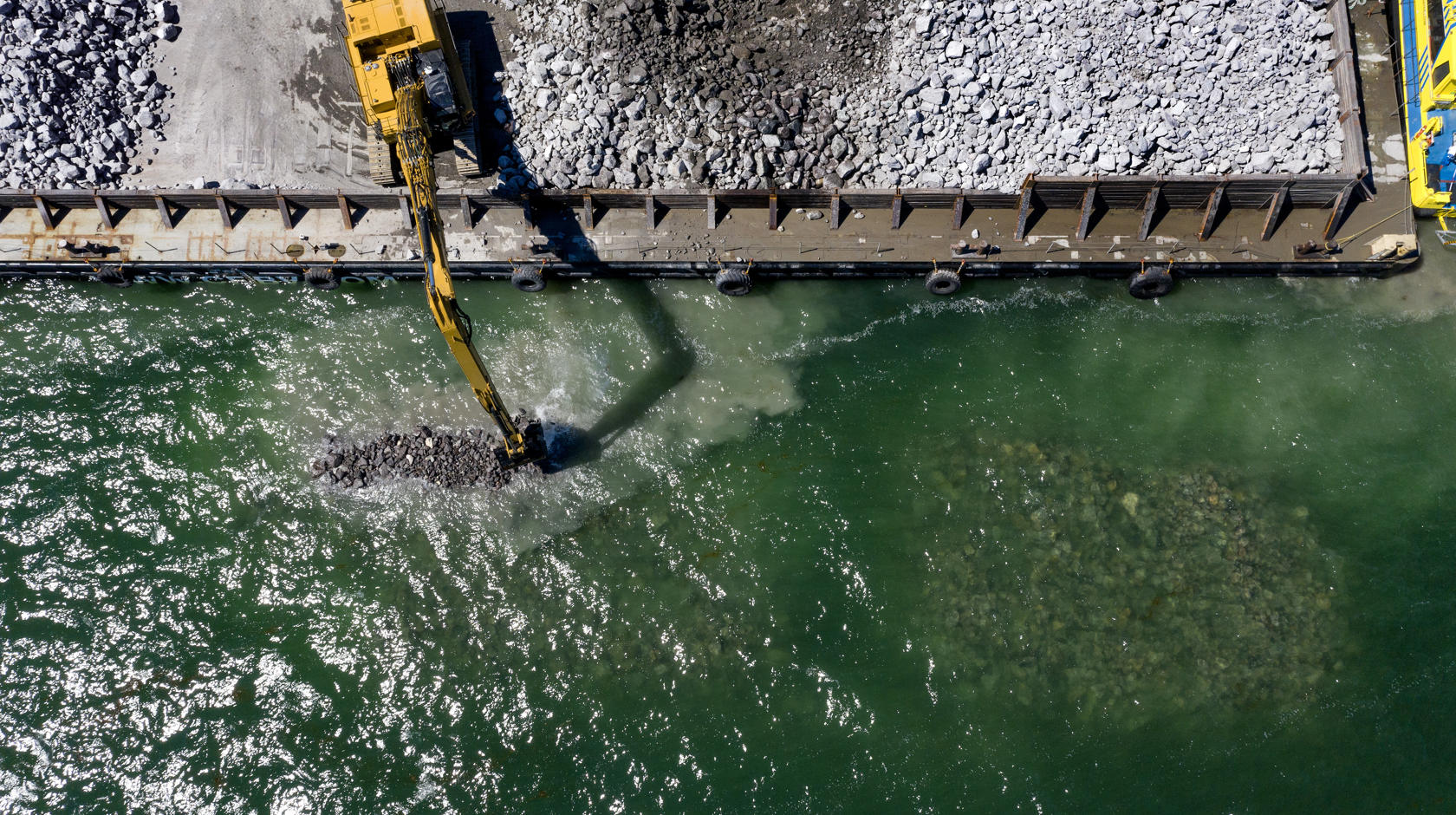
The blue building site
The new coastline
To a large extent, the Fehmarnbelt tunnel is a maritime project. At peak times, the 'blue' construction site between Denmark and Germany was the workplace for several hundred seamen and up to 60-70 vessels.
In June 2020, work began on the construction of the new breakwaters off Rødbyhavn, where the dredged material from the Fehmarnbelt will be deposited. These breakwaters move the coastline 500 metres further out into the Fehmarnbelt and the result are around 300 hectares of new nature and recreational areas.
More than 2 million tonnes of granite have been imported for the construction of the breakwaters. The boulders come from four quarries on Norway’s south coast. The work is being carried out by the FBC consortium.
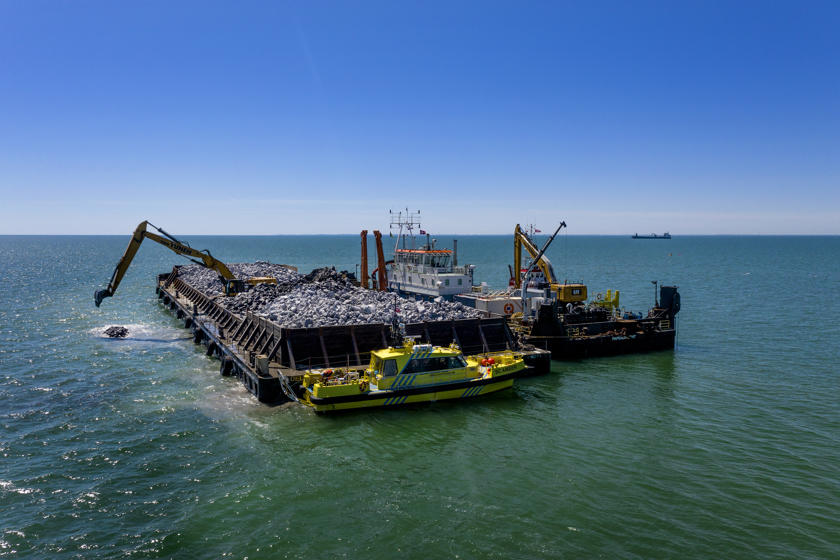
Dredging in the Fehmarbelt
Prior to the immersion of the elements for the Fehmarnbelt tunnel, a trench had to be dredged between Denmark and Germany. The trench is approximately 18 km long and on average 12 metres deep. The width varies depending on the sea depth and the composition of the seabed. A total of 15 million cubic metres of sand, stone and soil was dredged.
The work was carried out by a fleet of special dredging vessels and barges, which transported the dredged material inland, where it was deposited in the reclaimed areas. The work was monitored round-the-clock by special environmental vessels, which checked that the amount of sediment in the water did not exceed the threshold approved by the authorities.
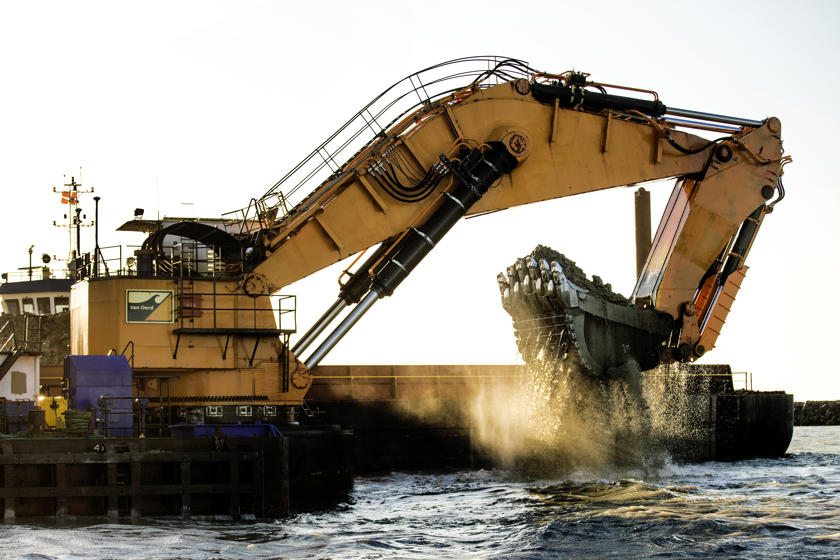
Positioning of tunnel elements
When the tunnel elements have been completed at the factory, the immersion pontoons are attached and the elements are towed out to their final position in the Fehmarnbelt. A positioning system set up specifically for the tunnel project enables the elements to be placed with extreme precision. The 217-metre-long standard elements are positioned with an accuracy of a few millimetres.
When the element is ready for immersion, the ballast tanks are gradually filled with water. The element is then immersed slowly and carefully into the tunnel trench. This work is supported by diving robots equipped with cameras. The entire process takes several hours.
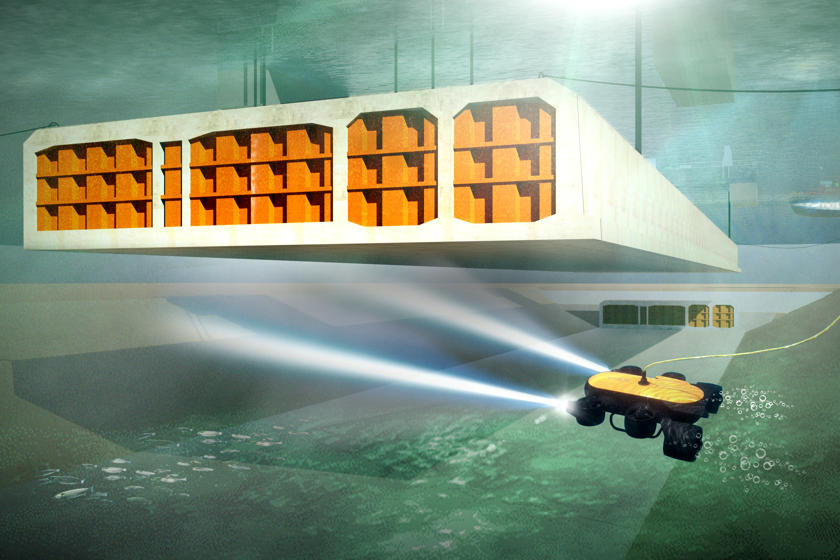
Purpose-built vessels for immersion
The contractor is using a number of purpose-built vessels for the immersion of the tunnel elements in the tunnel trench. These vessels are in the process of testing the equipment prior to the first immersion.
The special vessel are:
- Multi-Purpose Pontoon, Maya, which will lay out an even gravel bed upon which the tunnel elements will be placed.
- Immersion Pontoons Ivy 1 & Ivy 2, which have been specifically designed to support the tunnel elements during their journey from the work harbour to the tunnel trench. They will also immerse the elements into the tunnel trench.
- Spreader Pontoon, NP460, which will put stones and gravel along the sides of the tunnel element to lock it into position.
- Protection Layer Pontoon, Wismar, which will lay out a protective layer of stone on top of the element.
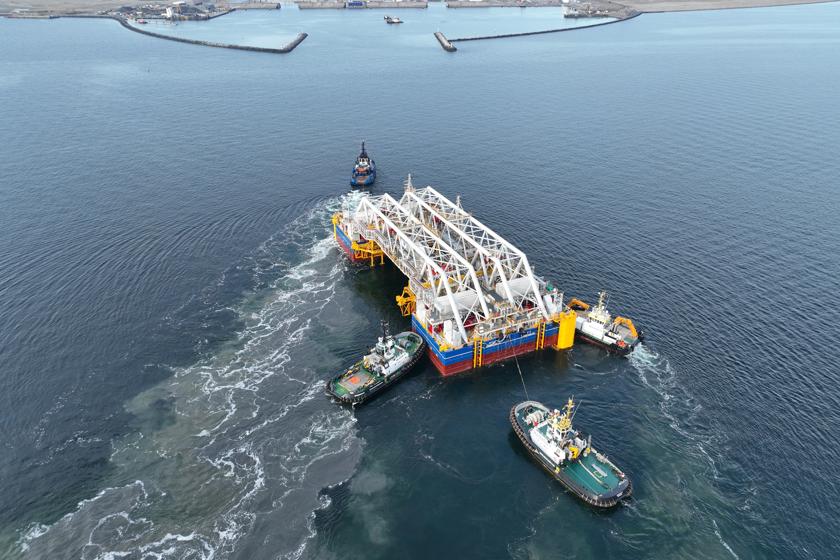
Information for seafarers
Yachtspeople and other seafarers in the area should pay special attention to the designated work areas in the Fehmarnbelt. We have prepared a leaflet for sailors that set out the special conditions that apply during the construction.
The leaflet is available in English, Danish and German.
